8 Michigan Properties Losing Market Value – And 10 That Stay Empty

Michigan’s housing market is facing unique challenges, with certain properties struggling to hold their value while others sit completely empty.
From aging lakefront cabins to oversized farmhouses, these homes tell a story of shifting buyer preferences, economic pressures, and changing neighborhoods.
Understanding which types of properties are at risk can help buyers, sellers, and investors make smarter decisions in today’s unpredictable real estate landscape.
1. Aging Lakefront Cabins With Structural Issues
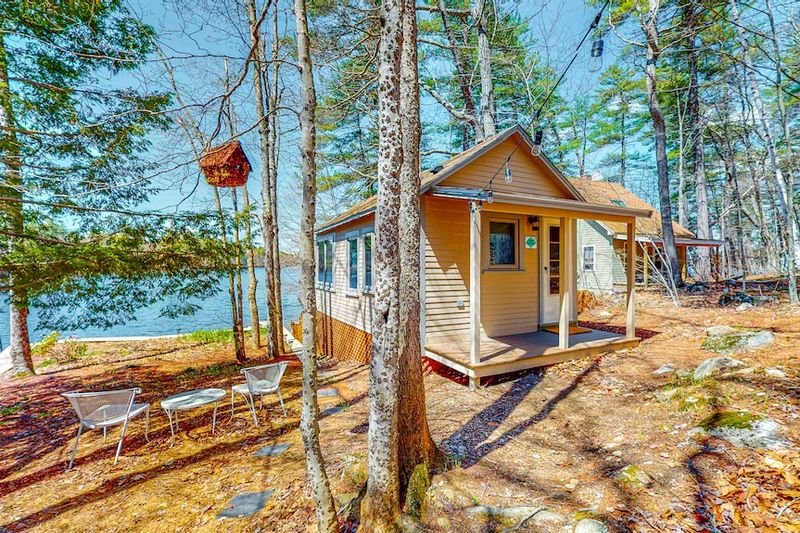
Waterfront living sounds dreamy until the foundation starts cracking and the roof begins to sag. Many older lakefront cabins across Michigan were built decades ago with materials that haven’t aged well against harsh winters and humid summers.
Buyers today want move-in ready homes, not renovation projects requiring tens of thousands in repairs. Structural problems like rotting support beams, outdated electrical systems, and water damage from flooding can scare away even the most enthusiastic purchasers.
2. Outdated Suburban Split-Levels From The 1960s-70s

Split-level homes were all the rage when they first appeared, offering a unique layout that separated living spaces in interesting ways. Fast forward to today, and many buyers find these layouts awkward and impractical for modern family life.
The sunken living rooms, multiple short staircases, and compartmentalized spaces don’t appeal to families seeking open-concept designs. Updating these homes requires major renovations, including knocking down walls and reconfiguring entire floor plans.
3. Large Rural Farmhouses On Oversized Lots

Sprawling farmhouses with acres of land might seem idyllic, but they come with challenges that modern buyers often avoid. Maintaining large properties requires significant time, money, and effort that many families simply don’t have.
Heating and cooling oversized homes costs a fortune, especially with older insulation and windows. Property taxes on large lots can be surprisingly high, and finding contractors willing to travel to remote areas adds another layer of difficulty.
4. Vacant Detroit Colonials Needing Full Rehabs
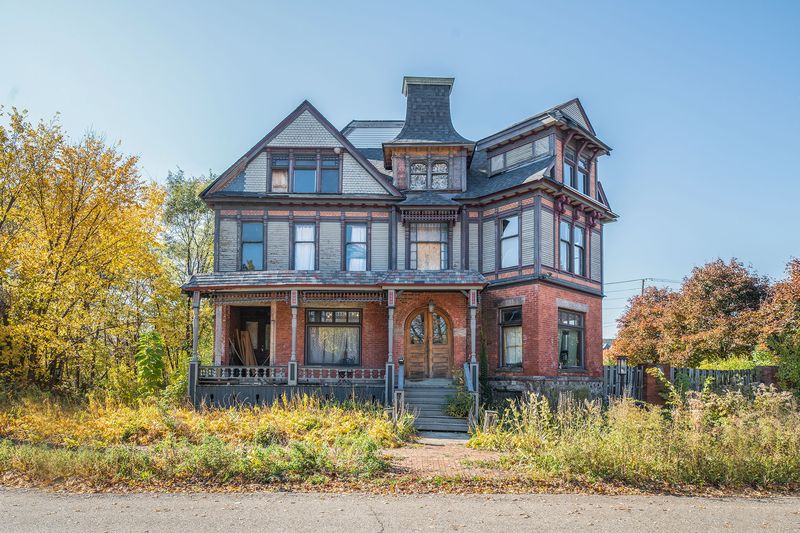
Detroit’s colonial homes once represented the American dream, with stately columns and classic architectural details that spoke of prosperity. Many now sit vacant, victims of economic shifts and population decline that left entire neighborhoods struggling.
Full rehabilitation means replacing everything from plumbing and electrical to roofs and foundations, often costing more than the home’s eventual market value. These properties require specialized knowledge, deep pockets, and patience that most buyers lack.
5. Manufactured Homes In Aging Parks

Manufactured homes offered affordable homeownership for decades, but aging parks with deteriorating infrastructure present serious challenges today. Crumbling roads, outdated utilities, and poorly maintained common areas create an unappealing environment for potential buyers.
These homes often depreciate rather than appreciate, especially when park management neglects necessary improvements. Monthly lot fees can increase unexpectedly, adding financial uncertainty that scares away families seeking stability.
6. Older Duplexes With Deferred Maintenance
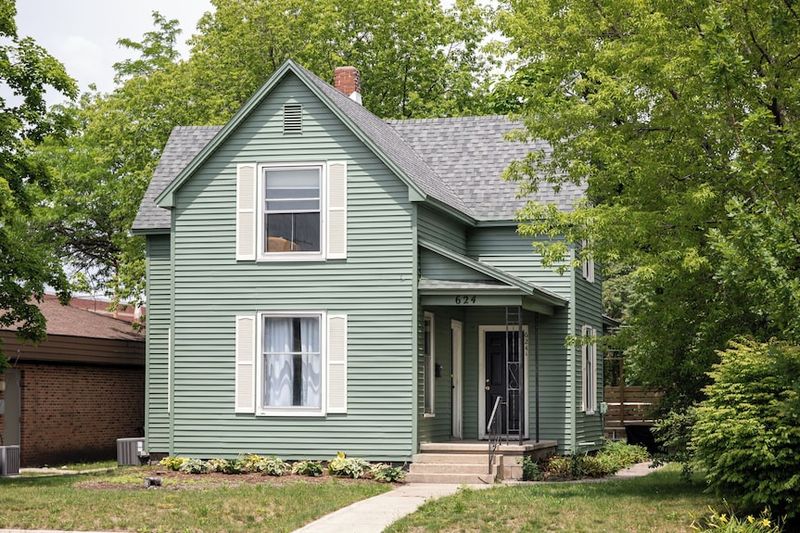
Duplexes seemed like smart investments when purchased, offering rental income and owner-occupancy options that appealed to budget-conscious buyers. Years of deferred maintenance, however, transform these properties into money pits that drain resources faster than they generate income.
Leaky roofs, outdated plumbing, and electrical systems operating beyond their intended lifespan create safety hazards and costly emergency repairs. Tenants leave when conditions deteriorate, leaving owners with vacancies and mounting expenses.
7. Remote Upper Peninsula Cabins With Limited Access
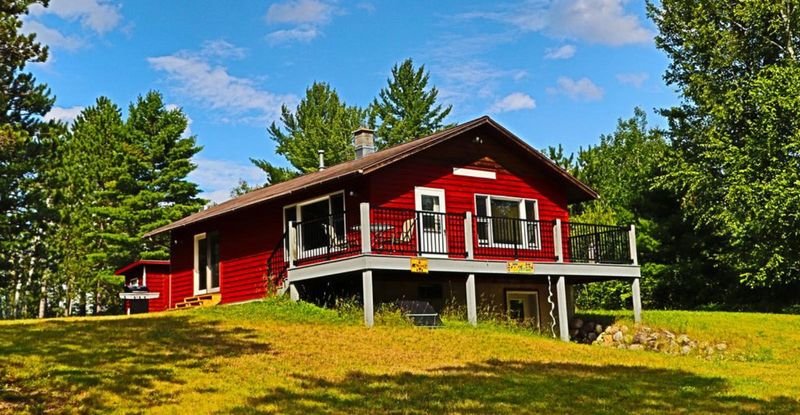
Michigan’s Upper Peninsula offers breathtaking natural beauty and peaceful isolation that nature lovers crave. Remote cabins with limited access, however, present practical challenges that outweigh their rustic appeal for most buyers.
Unpaved roads become impassable during winter months, making year-round living nearly impossible without specialized vehicles and equipment. Emergency services may struggle to reach these properties quickly, raising safety concerns for families.
8. Vacation Rentals In Oversaturated Tourist Areas
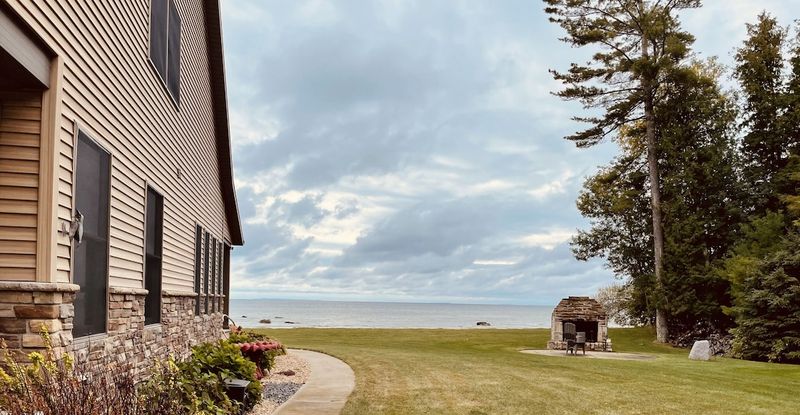
Vacation rentals promised passive income and personal getaway spaces when tourism was booming and competition was minimal. Markets have become oversaturated, with too many properties chasing the same seasonal visitors.
Rental income has dropped significantly as owners compete by lowering prices, making it harder to cover mortgages and maintenance costs. Changing regulations in tourist towns add uncertainty, with some communities restricting short-term rentals entirely.
9. New-Build Condos In Underdeveloped Downtown Zones
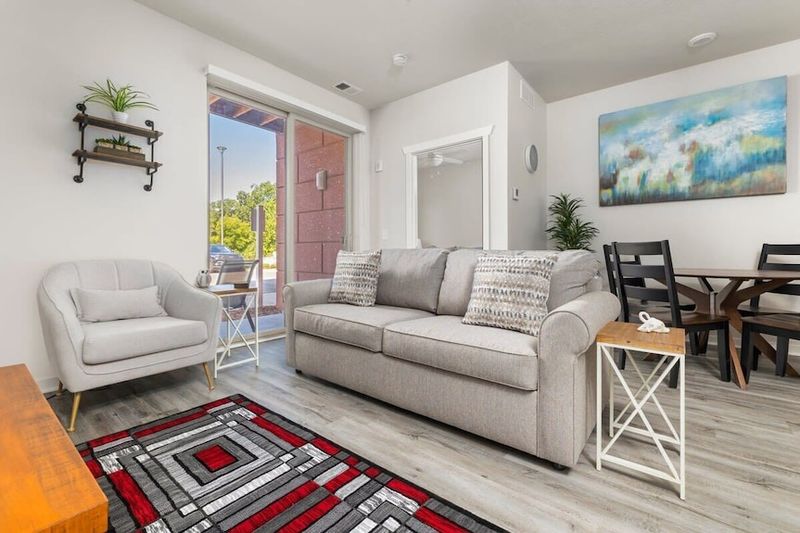
Developers bet big on downtown revitalization, constructing sleek condos in areas they hoped would transform into vibrant urban centers. Development hasn’t materialized as planned, leaving these modern units surrounded by empty lots and struggling businesses.
Buyers expected walkable neighborhoods with restaurants, shops, and entertainment options that never appeared. Without these amenities, condo living loses its appeal compared to suburban homes with more space and established communities.
10. Large Luxury Homes With High Taxes
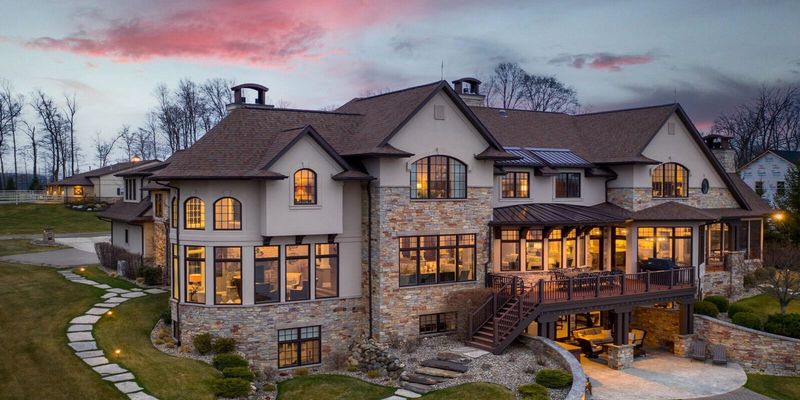
Luxury homes showcase impressive architecture, high-end finishes, and amenities that once justified their premium prices. Property taxes on these estates, however, can reach staggering amounts that even wealthy buyers hesitate to pay annually.
Economic uncertainty makes buyers more cautious about long-term financial commitments, especially ongoing costs like taxes that never decrease. Maintaining large luxury properties requires staff, extensive landscaping, and constant upkeep that adds thousands monthly.
11. Foreclosed Single-Family Homes Awaiting Auction
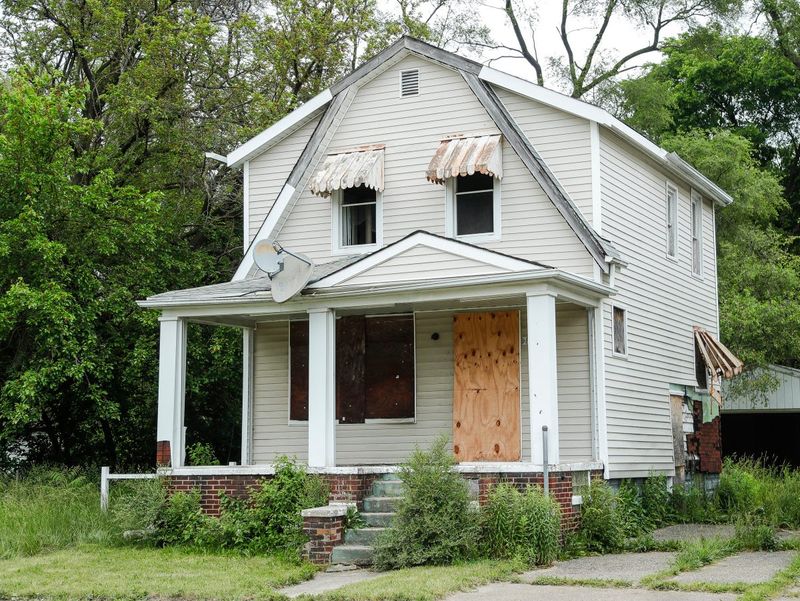
Foreclosure represents heartbreak for families who lost their homes, but it also creates opportunities for investors willing to navigate complicated purchase processes. Homes awaiting auction sit empty, often deteriorating rapidly without occupants to maintain them.
Vandalism, weather damage, and neglect compound during the months between foreclosure and sale. Buyers face uncertainty about property condition since interior inspections aren’t always possible before auction day.
12. Seasonal Homes Near Ski Resorts
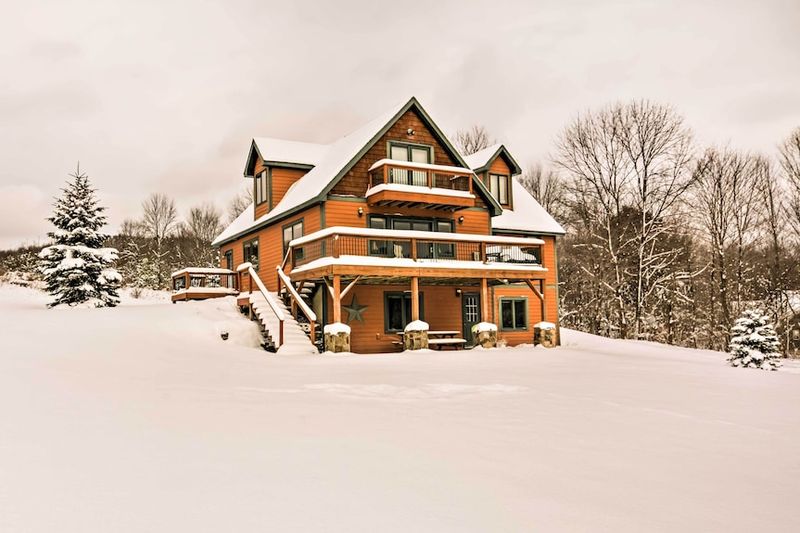
Ski resort properties offered weekend escapes and potential rental income during peak winter months when slopes were busy with enthusiasts. Climate change has shortened ski seasons significantly, reducing the number of profitable rental weeks available.
Owners face high carrying costs for properties used only a few months yearly, making financial sense harder to justify. Competition from hotels and vacation rentals near resorts has intensified, driving down rental rates.
13. Small Cottage-Style Homes With Limited Square Footage

Cozy cottages carry undeniable charm, but limited square footage creates real problems for growing families and remote workers needing home offices. What once felt quaint now feels cramped in an era where homes serve multiple purposes.
Tiny kitchens, single bathrooms, and lack of storage space turn off buyers accustomed to modern conveniences and flexibility. Expanding these homes isn’t always possible due to lot size restrictions or zoning regulations.
14. Lakeside Second Homes Owned By Out-Of-State Families
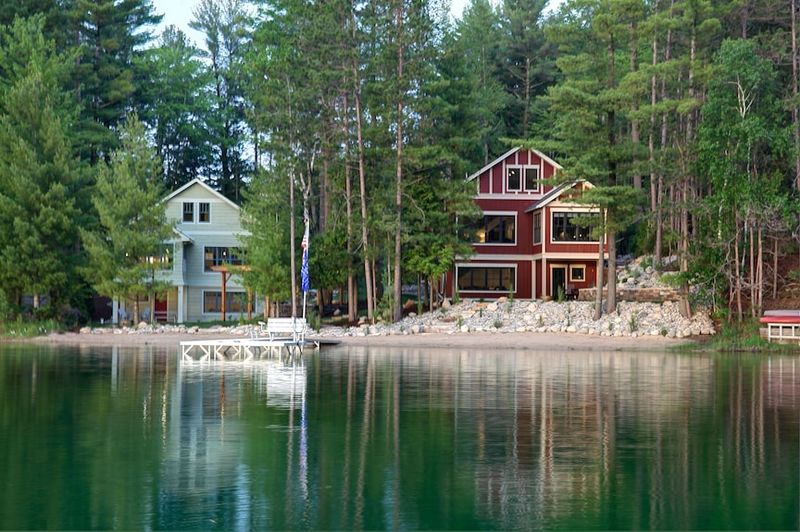
Out-of-state families purchased Michigan lakeside properties as summer retreats, creating memories during warm months before returning to primary residences elsewhere. Economic pressures and changing priorities have caused many to reconsider owning properties they use infrequently.
Maintaining homes from a distance proves challenging, with winterization, repairs, and property management requiring local help and added expense. Property taxes and insurance costs continue rising, making second homes feel like luxuries rather than necessities.
15. Investor-Owned Rentals Pending Renovations
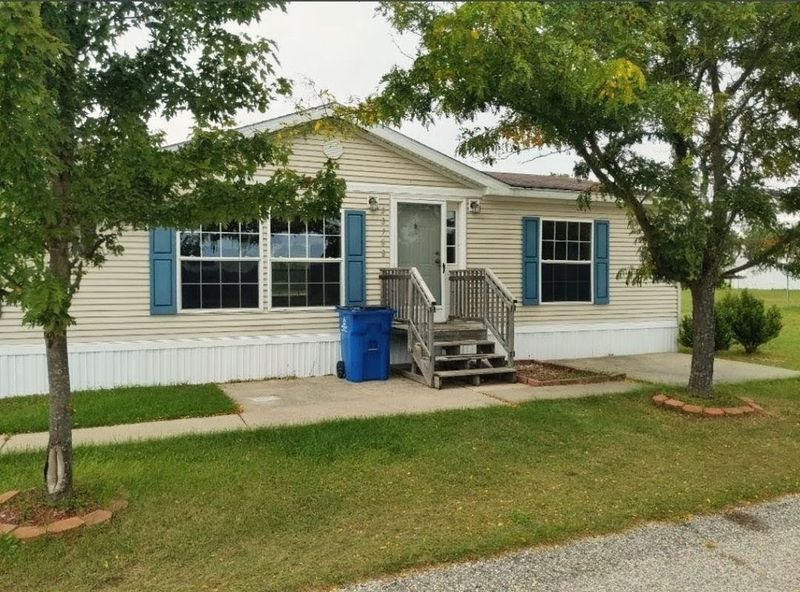
Real estate investors purchased properties intending to renovate and rent them for steady income streams. Construction delays, budget overruns, and contractor issues have left many projects stalled midway through completion.
Properties sit vacant during renovations, generating no income while investors continue paying mortgages, taxes, and insurance. Market conditions may have shifted since purchase, making projected rental rates unrealistic in current economic climate.
16. Homes In Flood-Prone Zones Requiring Costly Insurance

Flood-prone properties seemed manageable when insurance costs were reasonable and flooding events were rare. Climate patterns have changed, bringing more frequent and severe flooding that devastates homes and drains savings.
Insurance premiums in flood zones have skyrocketed, sometimes costing more annually than property taxes. Many buyers simply refuse to consider homes requiring flood insurance, dramatically shrinking the potential buyer pool.
17. New Subdivision Spec Homes Waiting For Buyers
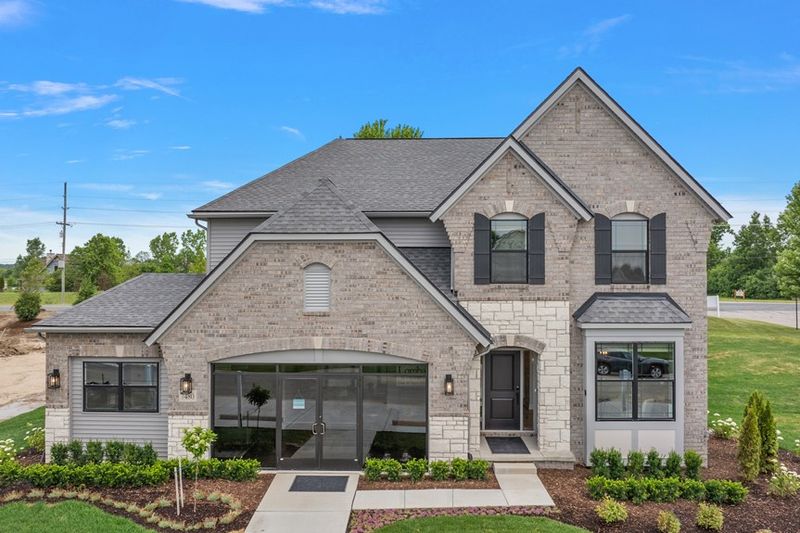
Builders constructed spec homes anticipating strong demand in growing subdivisions, confident that buyers would quickly snatch up new construction. Interest rate increases and economic uncertainty have slowed buyer enthusiasm considerably.
These move-in ready homes offer modern amenities and warranties, yet they sit empty as potential buyers hesitate to commit to large mortgages. Builders must continue paying construction loans while properties remain unsold.
18. Historic Homes Awaiting Preservation Approval
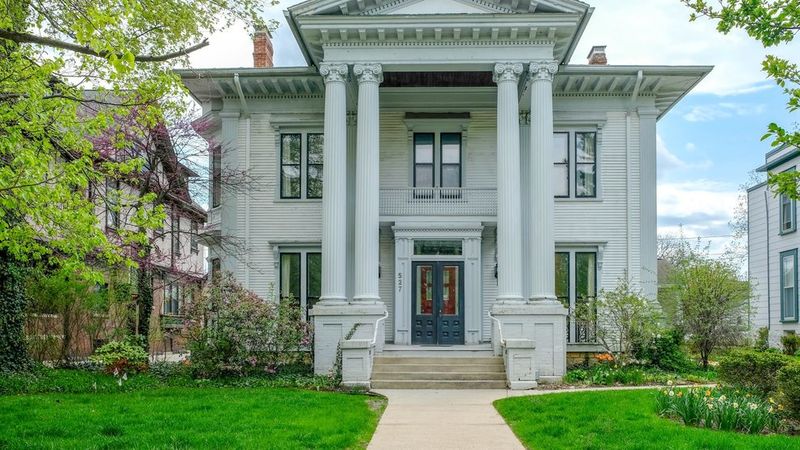
Historic homes carry stories and architectural details that modern construction can’t replicate, attracting buyers who appreciate character and craftsmanship. Preservation regulations, however, complicate renovations by requiring approval for even minor changes.
Owners must use specific materials and techniques that cost significantly more than standard renovation approaches. Waiting for preservation board approvals delays projects for months, frustrating buyers who want to move in quickly.






